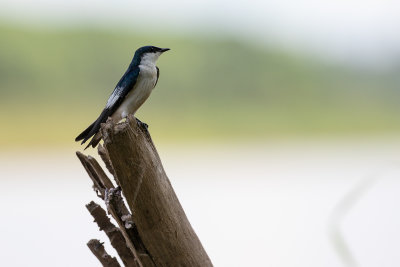
White-winged Swallow (Tachycineta albiventer) |
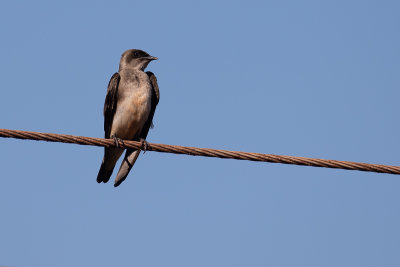
Grey-breasted Martin (Progne chalybea) |
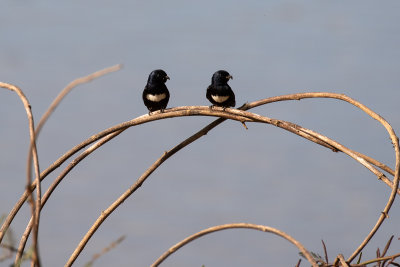
White-banded Swallow (Atticora fasciata) |

Brazza's Martin (Phedina brazzae) |
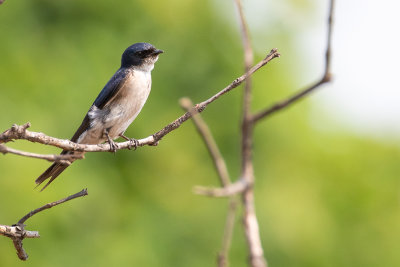
Pearl-breasted Swallow (Hirundo dimidiata marwitzi) |
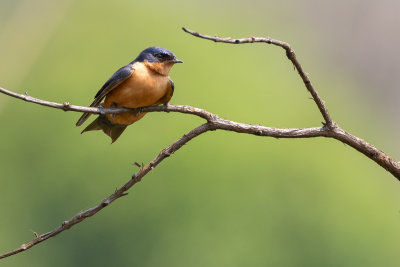
Black-and-rufous Swallow (Hirundo nigrorufa) |
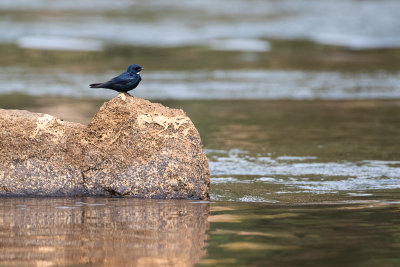
White-bibbed Swallow (Hirundo nigrita) |
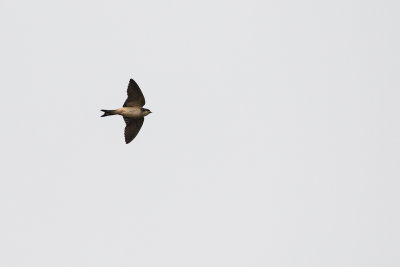
Preuss's Cliff Swallow (Petrochelidon preussi) |
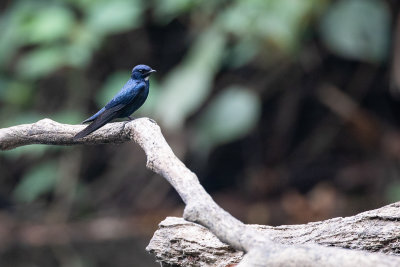
White-bibbed Swallow (Hirundo nigrita) |

Square-tailed Saw-wing (Psalidoprocne nitens) |
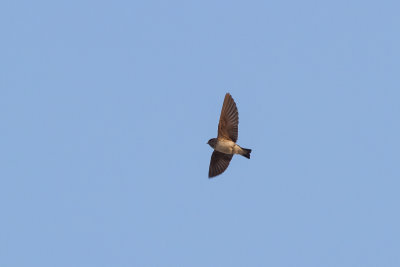
Streak-throated Swallow (Petrochelidon fluvicola) |

Grey-throated Martin (Riparia chinensis) |
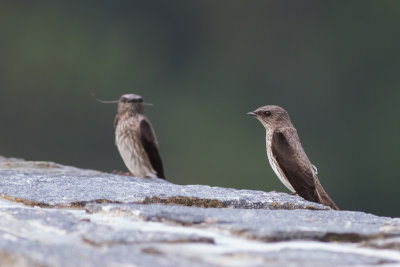
Mascarene Martin (Phedina borbonica madagascariensis) |

Grey-breasted Martin (Progne chalybea) |
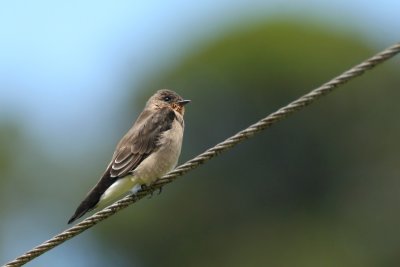
Southern Rough-winged Swallow (Stelgidopteryx ruficollis) |
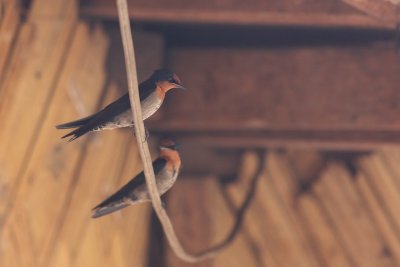
Pacific Swallow (Hirundo tahitica) |
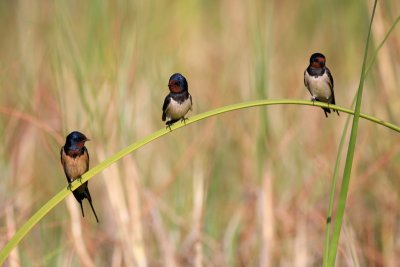
Barn Swallow (Hirundo rustica) |
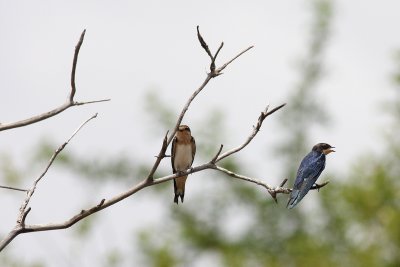
Ethiopian Swallow (Hirundo aethiopica) |











